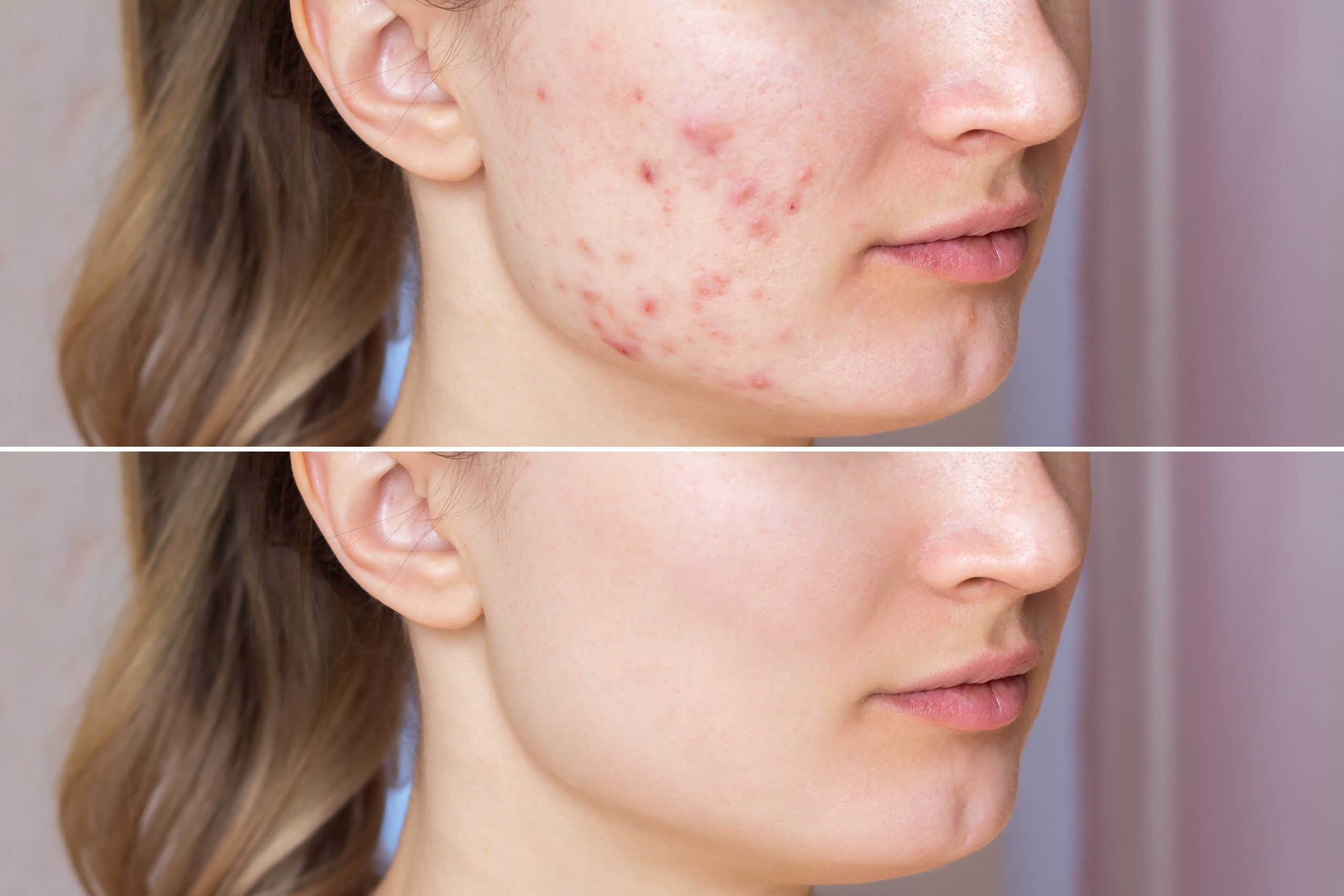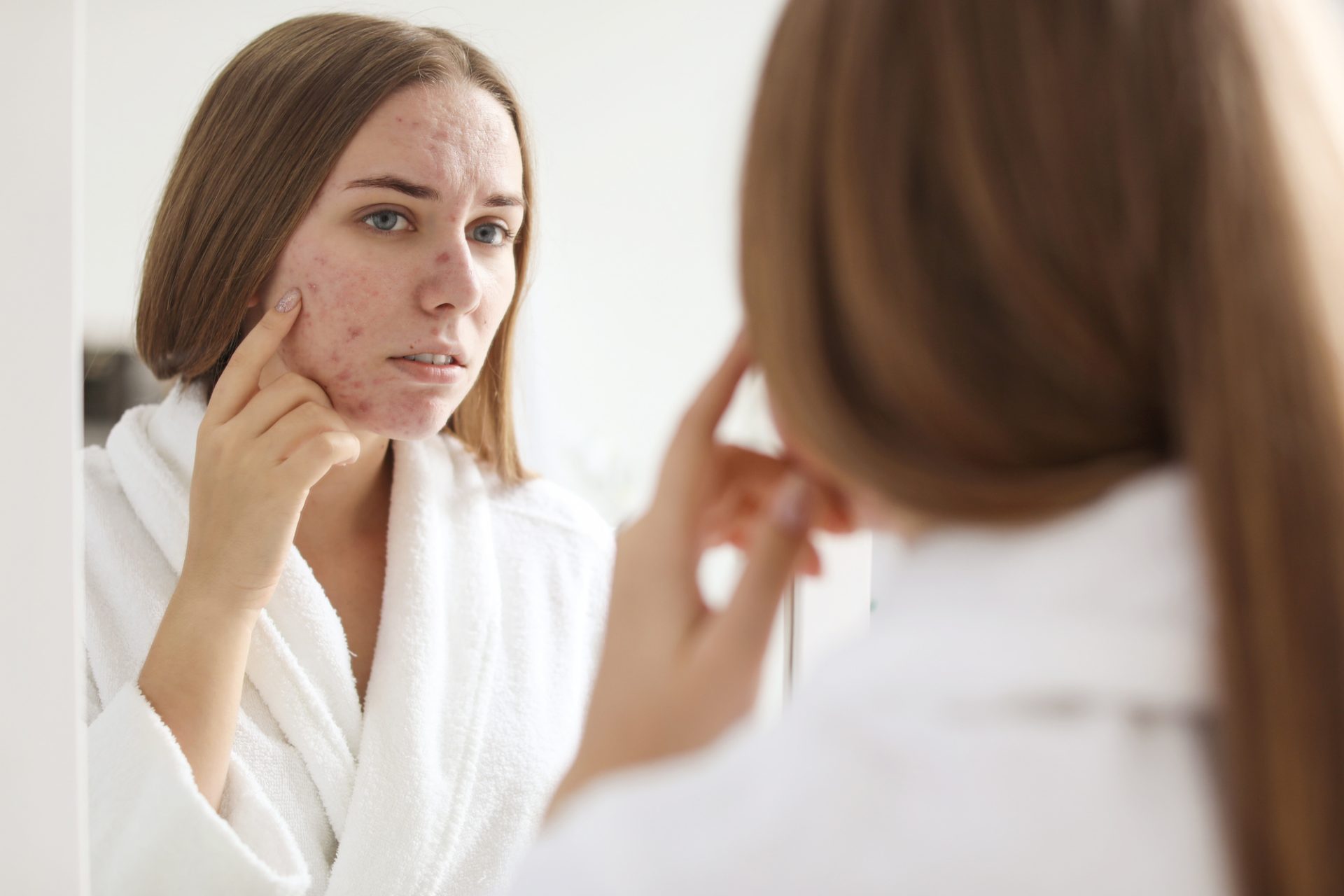Acne Scar Removal 101
Acne scars serve as a lasting reminder of previous skin issues, impacting both physical appearance and self-esteem. They are typically categorized as atrophic and hypertrophic. The former results from tissue loss, creating depressions in the skin, while hypertrophic scars are raised and result from excess collagen production during the healing process.
Fortunately, progress in dermatological science has given rise to non-invasive treatments specifically designed to address acne scars. Whether you’re looking for an effective acne scar treatment Singapore or in your area, it’s worth trying non-invasive methods first to avoid side effects and save money.
This guide explores advanced non-invasive treatment options, providing insights into their mechanisms, advantages, and potential outcomes.
Table of Contents
Laser Therapy
Laser therapy has emerged as a revolutionary non-invasive treatment for acne scars. This technique employs focused light energy to target damaged skin cells and stimulate collagen production.
Red light therapy utilizes low-level red or near-infrared light to stimulate cellular function and promote various therapeutic effects within the body. At its core, red light therapy operates on the principle of photobiomodulation, where specific wavelengths of light penetrate the skin and interact with cellular components, particularly mitochondria.
Microneedling
Microneedling or collagen induction therapy employs a device with tiny needles to puncture the skin’s surface. This controlled injury initiates the body’s natural healing process, fostering heightened collagen production and enhancing skin texture. This treatment is well-tolerated and involves minimal downtime.
Combining microneedling with radiofrequency energy enhances the treatment’s effectiveness. Radiofrequency heats the skin’s deeper layers, further stimulating collagen and elastin production. This dual approach offers a synergistic effect, often resulting in more significant improvements in acne scars.
Chemical Peels
Chemical peels causes controlled exfoliation. This procedure eliminates the outer layer of damaged skin, unveiling fresher and smoother skin.
Glycolic acid, an alpha-hydroxy acid, is frequently used in chemical peels for removal of acne scars. It exfoliates the skin, encourages collagen production, and enhances overall skin tone and texture.
Trichloroacetic Acid (TCA) peels penetrate deeply into the skin, proving effective for more severe acne scars. They stimulate collagen production and foster skin regeneration but may require longer recovery than milder peels.
Chemical peels are versatile and can be customized based on the patient’s skin type and the severity of their acne scars.
Dermal Fillers
Dermal fillers offer a non-invasive solution for atrophic acne scars by adding volume to depressed areas. Hyaluronic acid-based fillers are commonly used to plump and smooth the skin.
Some dermal fillers contain polymethyl methacrylate (PMMA) microspheres suspended in a collagen gel. It provides immediate volume and stimulates collagen production, offering a semi-permanent solution for acne scars.
Dermal fillers are suitable for those looking for immediate results with minimal downtime, though the effects are temporary and may require maintenance injections.
Microdermabrasion
A medical spa usually offers microdermabrasion, a non-invasive exfoliation technique using a machine to remove the outer layer of dead skin cells. This process promotes cell turnover and can improve the appearance of shallow acne scars.
Diamond-tip Microdermabrasion uses a diamond-tipped wand to exfoliate the skin, providing more precise and controlled abrasion. It is a gentler option compared to traditional crystal microdermabrasion.
Microdermabrasion is a quick procedure with minimal downtime, making it suitable for individuals with mild acne scars or those looking for a maintenance treatment between more intensive sessions.
Photodynamic Therapy (PDT)
Photodynamic therapy involves applying a topically absorbed photosensitizing agent and exposing it to specific light wavelengths, generating reactive oxygen species (ROS) for targeted destruction of acne-causing bacteria with minimal damage to surrounding tissue. Session duration varies (15 minutes to an hour) based on the condition and photosensitizer. Dermatologists typically perform PDT, tailoring treatment plans to individual needs and acne severity.
High-Frequency Treatment
This treatment involves the application of a gentle electrical current to the skin, with the dual purpose of eliminating bacteria and promoting improved circulation. Particularly effective in addressing acne caused by bacterial overgrowth, this treatment disrupts the cell membranes of bacteria, aiding in their destruction. Simultaneously, the increased blood flow induced by the treatment supports healthier skin by delivering nutrients and oxygen to the targeted area.
High-frequency treatment is versatile, fitting into skincare routines and professional spa services, with benefits including acne reduction and improved skin texture. Operating at frequencies from 100,000 to 250,000 Hertz, the intensity of the current is adjustable based on the specific skin condition and individual tolerance. The treatment’s ability to eliminate acne-causing bacteria makes it a valuable component in acne management strategies.
Hormonal Therapies
Hormonal therapies are essential for addressing acne linked to hormone imbalances. Healthcare professionals may prescribe oral contraceptives or anti-androgens for hormonal acne. Oral contraceptives, containing synthetic hormones like estrogen and progestin, regulate hormonal fluctuations, reducing the severity and frequency of acne breakouts.
Anti-androgens, such as Spironolactone, inhibit the effects of androgens, like testosterone, decreasing sebum production and alleviating acne symptoms. These therapies aim to modulate hormone levels, addressing the root causes of acne development.
Tea Tree Oil
Tea trea oil is a popular natural remedy for various skin conditions, including acne. Applied topically, it effectively combats bacteria, reducing acne lesions. To use tea tree oil safely, dilution with a carrier oil is recommended to minimize the risk of skin irritation.
Whether applied as a spot treatment or integrated into a regular skincare routine, tea tree oil can complement other acne management strategies. However, caution is advised, as some individuals may be sensitive to tea tree oil, necessitating patch testing before widespread use.
Oral zinc supplements
Zinc supplements contribute to skin health through their anti-inflammatory properties, support for wound healing, and antioxidant activity. Essential for physiological processes, zinc helps manage inflammatory skin conditions like acne by modulating the immune response and reducing inflammation.
A key element in wound healing, zinc aids tissue repair, benefiting individuals with skin issues featuring lesions or wounds. While not a direct acne treatment, zinc supplementation play a role in overall skin health improvement, given studies suggesting lower zinc levels in individuals with acne.
Topical Treatments
Topical treatments play a crucial role in acne management. Retinoids promote cell turnover, preventing new acne lesions by unclogging pores. Proper application involves using a pea-sized amount on clean, dry skin, usually in the evening, with a gradual increase in frequency for skin adaptation.
Benzoyl peroxide, known for its antibacterial properties, should be applied thinly to affected areas once or twice daily. Topical antibiotics, like clindamycin and erythromycin, are part of these treatments. Adherence to directed use is essential, considering potential side effects such as dryness or irritation. Ensuring sun protection is vital during topical treatment to prevent increased sensitivity.
Regular Cleansing
Use a gentle, non-comedogenic cleanser to wash your face twice daily—once in the morning and once before bedtime. This routine assists in removing excess oil, dirt, and dead skin cells. Steer clear of harsh cleansers that could strip the skin of natural oils.
Begin your day by cleaning your face. Gently apply cleanser and massage your damp skin, concentrating on areas prone to acne. Rinse thoroughly with lukewarm water to eliminate overnight oil buildup, leaving your skin refreshed and ready for the day.
Healthy Diet
You should include fruits, vegetables, whole grains, and lean proteins for healthy skin. Avoid excessive consumption of high-glycemic foods and dairy, as they may contribute to acne in some individuals. Ensure proper hydration, sufficient sleep, and manage stress through exercise, meditation, or yoga.
Healthy Skin Practices
Avoid picking at pimples or popping them, as this can worsen inflammation and increase the risk of scarring. Keep hair away from your face, primarily if you use styling products, to prevent the transfer of oils and chemicals.
Approach your skincare carefully, avoiding the temptation to pick or pop at pimples. Picking can worsen inflammation and increase the likelihood of scarring. Moreover, keep your hair away from your face, especially when using styling products, to minimize the transfer of oils and chemicals that may contribute to acne along the hairline and forehead.
Seek Dermatological Advice

If you are dealing with persistent or severe acne, seeking guidance from a dermatologist is advisable. A dermatologist can provide personalized advice, recommend specific products or treatments. Additionally, they can identify any underlying factors contributing to acne and develop a targeted approach to address them.
Choosing a dermatologist for healthy skin involves considering credentials, experience, and referrals. Ensure board certification and focus on your specific condition. Check online reviews and research their background.
Assess communication during a consultation, along with office atmosphere and insurance acceptance. Prioritize location and convenience and inquire about appointment availability. Asking questions about their approach and potential side effects is essential. Taking these steps ensures finding a qualified dermatologist for optimal skin care.
Conclusion
Scar-free skin, non-invasive treatments have become popular for their effectiveness and minimal downtime. From laser therapy to microneedling and chemical peels, individuals now have a diverse array of choices based on their specific needs and preferences. Consulting with a qualified dermatologist is essential. Leverage advancements in non-invasive techniques to achieve a clearer, more radiant complexion is now more attainable than ever.

